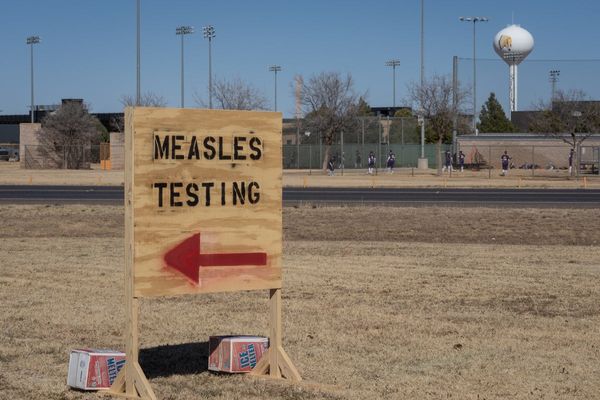The U.S. will send cluster munitions to aid Ukraine's war effort for the first time, the Department of Defense announced Friday.
Why it matters: The announcement, which is likely to draw criticism from human rights groups, comes as Ukraine has struggled to make sweeping gains in its counteroffensive against Russia.
- By providing the weapons to Ukraine, the U.S. is bypassing a law that prohibits the use or transfer of cluster munitions that have a failure rate higher than 1%, the Washington Post reported.
- The cluster munitions will be a part of a new $800 million military assistance package for Ukraine, per DOD.
The latest: President Biden told CNN it was a "very difficult decision" for him but stressed that he discussed it with Congress and U.S. allies.
- "This is a war relating to munitions. And they’re running out of that ammunition, and we’re low on it," Biden said in an interview set to air Sunday.
- "They’re trying to get through those trenches and stop those tanks from rolling," Biden said, adding that he was acting on DOD's recommendation — and that the move is not permanent.
The big picture: A cluster munition is a type of bomb that breaks apart in the air above a target into dozens, and sometimes up to hundreds, of "bomblets" that can scatter over a wide area.
- Due to weather and other environmental factors, cluster munitions can fall often outside of the intended target range, per the International Committee of the Red Cross.
- Although cluster munitions are designed to explode upon impact, as many as 40% fail to do so, meaning they can pose a threat to civilians long after they are dropped, per the ICRC.
Details: The cluster munitions the U.S. is sending to Ukraine will have a "dud rate" — meaning they fail to explode on impact as intended — of less than 2.35%, said Colin Kahl, undersecretary of defense for policy, at a press briefing Friday.
- By comparison, the cluster munitions used by Russian forces have dud rates between 30%-40%, Kahl said.
- Kahl did not specify when the weapons would reach Ukraine, but said they would be delivered "in a timeframe that is relevant for the counteroffensive."
- The Ukrainian government has given the U.S. assurances as to the "responsible use" of the cluster munitions, including not using them in civilian-populated urban areas and recording where they're used to simplify de-mining efforts later, Kahl added.
State of play: Both Russia and Ukraine have allegedly already used cluster munitions during the ongoing war, according to a report by Human Rights Watch released Thursday.
- For Ukrainian troops, which have been burning trough stockpiles of munitions, cluster munitions are appealing because they can hit more targets with fewer rounds while also covering a wide area, per AP.
Flashback: National Security Council spokesperson John Kirby told reporters in December that the U.S. had "concerns" about fulfilling Ukraine's request for the weapons.
- But Laura Cooper, a senior Defense Department official, told Congress in June that cluster munitions could be "useful, especially against dug-in Russian positions on the battlefield."
Zoom out: More than 120 countries have joined the Convention on Cluster Munitions, which bans the use, production, transfer and stockpiling of the weapons.
- However, the U.S., Russia and Ukraine are not parties to the treaty.
Editor's note: This story has been updated with additional details throughout.







